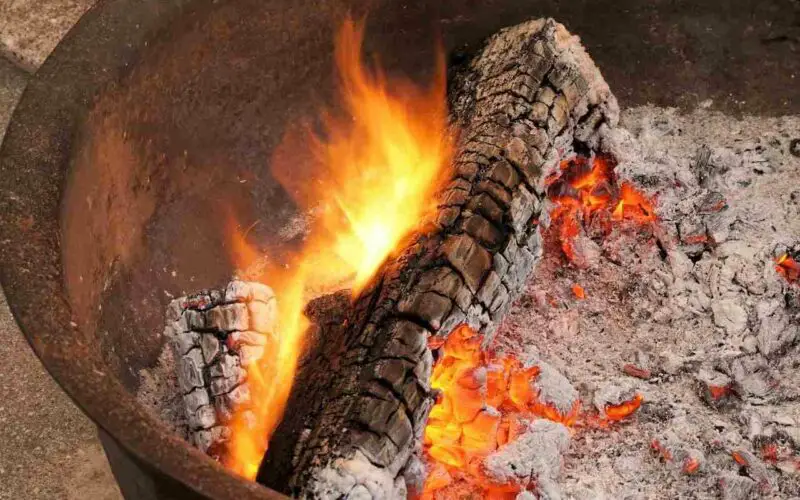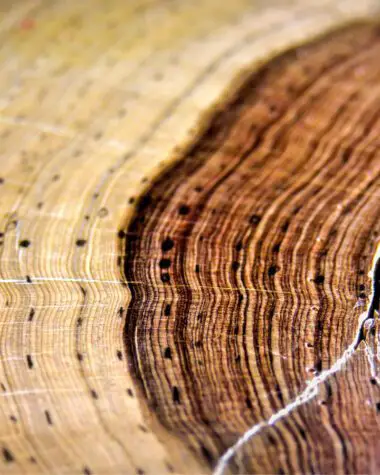Wood tends to be burned and not to be melted. As a result, a wood fire always releases carbon dioxide. From this process, carbon dioxide adds to the warming pollution in the atmosphere. You must have thought about this at least once: Why can’t wood melt instead of being burned so it cannot contribute to global warming?
Melting Explained
Melting is a physical process resulting in a phase transition from a solid to a liquid state. When the temperature increases to the melting point of a substance, the vibrational molecular energy exceeds the stabilization energy, and the molecules break free into liquid.
When one asks if woods melt, the answer certainly relies on the chemical components present in this material, which differ from other solids. Thus, wood does not melt, and science will tell you why.
What Are the Components of Wood?
As said, the melting point of a solid material is concerned with its components. Solids melt into liquids at a certain temperature, and the liquid will eventually turn into a gas when heated further.
Scientifically, it is not true that every hard and stable material is solid, contrary to popular belief. To determine a solid substance, it must be pure crystalline materials with closely spaced lattices. Solids are substances made up of a single atom or molecule, and as a result, they always have intermolecular connections present.
On the contrary, any type of wood is a non-crystalline solid. It comprises water molecules, lignin, and cellulose (two long-chain organic compounds), which are all securely bonded by complicated chemical linkages and have different melting points.
As a result, when burning wood, the water molecules will be the first to burn off, causing the cellulose and lignin connections to become entangled. The result of the reaction between these molecules and ambient oxygen is the recognizable black carbon char. Pyrolysis is the term for this process.
Thus, the wood’s physical structure is destroyed during the process, so the resulting material will not return to the original matter. Because of this irreversible chemical breakdown of its components, wood doesn’t melt.
Theories in Melting Wood
Some people tried melting wood using a vacuum to eliminate oxygen, which begins oxidation. However, this method only gained failed results. While the volatile matter and water would evaporate inside the vacuum, the wood’s long cellulose fibers strongly inhibit its transition to the desired liquid state. Heat breaks the carbonyl bonds in wood cellulose which leaves carbon behind in charcoal form or as carbon dioxide.
Theoretically, one alternate method might allow for the melting of wood. Carbon melts at a temperature of 3500 degrees Celsius and atmospheric pressure. The wood could melt if this could be decreased to a temperature that could be reached through experimentation.
Although facilities can produce these conditions, this idea has yet to be tested in any published research. Thus, the answer to the query, “can we melt wood?” remains a mystery until science proves it is possible, ” it will still be a no.
Conclusion
Wood doesn’t have a melting point because it breaks down when heated, even without oxygen. One cannot recreate a solid wood by cooling them like water and ice. Can wood melt? The answer is no. This learning is one of the facts about wood that you should know.








